1st APRIL 2022
Today I am serious. I don’t mean very heavy in content, just making sure you know it’s not an April Fool!
I am starting with a small, small step at our local recycling centre, then news of 2 green education events coming soon and finishing with a massively ambitious restoration project featured on TV this week.
More opportunities to recycle: –
You will not find a hint of this news on the official SUEZ website, but on Monday when I went to the local tip with a big load of left-overs from the building work here. I was advised that the rules just changed and more dense/harder types of plastic are being accepted for recycling. He took from me a smashed plastic box. So what type is that? The following image hasn’t really helped me to guess.
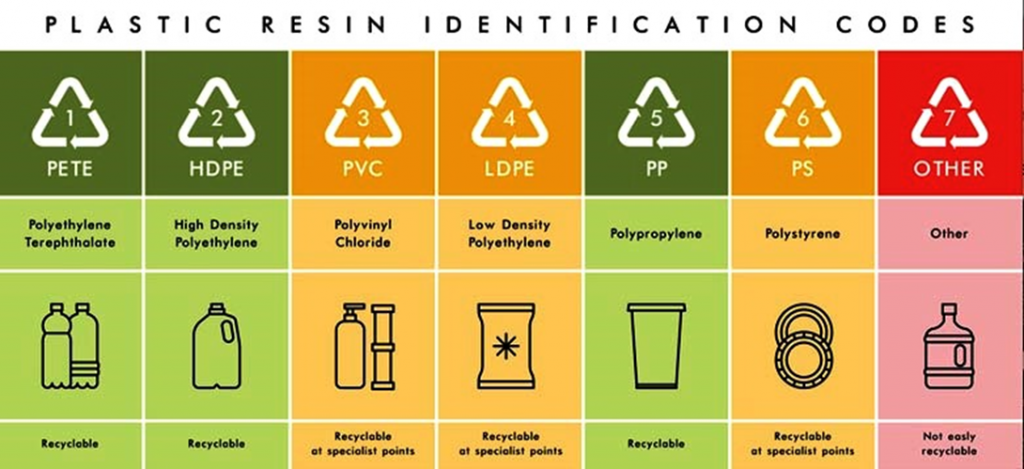
My hope is that we can now recycle type 3 or 4, but being more realistic I think the staff member was telling me of an increase from solely Type 1 to additionally a harder version of Type 2 or 5. Whichever, I will be interested to hear from readers which plastics can be recycled in your area?
- PET plastic most frequently used in water and beverages bottles, food jars and containers, salad dressing and oil bottles, clothes fibre, mouthwash bottles. Plastic #1 is usually clear in colour and it is not intended for multiple uses. Widely recycled.
- HDPE (high-density polyethylene), with a high strength-to-density ratio which results in superb wear resistance. HDPE products withstand heating and freezing so they can be used in various weather conditions. Plastic number 2 can be reused without any harm. The durability and reliability of HDPE 2 make it efficient to be re-used.
- PP plastic (polypropylene) is the second-most widely produced plastic. Being light, heat resistant and sturdy, PP is applied to various packaging. Today plastic 5 is commonly used in bottle tops and yogurt pots.
Preparing for education events: –
The walk route for next Monday’s Home Ed group is a set of paths that I have not combined before, simply because they are now joined together by a brand new set of wooden steps in the valley. So, I have done a few test walks and noticed happily that every day more and more wild flowers are just coming out. I especially love the bluebells, but they need another couple of weeks to make the real wash of colour. Without doubt the most interesting find was a quite large area of yellow rattle. I will be explaining to the children how unusual and useful this flower can be, for creating a wild flower meadow.
As the yellow rattle roots develop underground they seek out the roots of plants growing nearby, especially grasses. Once contact is made the yellow rattle draws water and nutrients from them, suppressing the growth of grasses by as much as 60%. In the resulting space, other flowers are then given more room to grow.

The 2nd event in the pipeline is going to involve a longish journey, to West Cornwall, where my colleague David and I will offer an interactive session for families with younger children, to learn about green building and heating techniques. This has come out of the similar day we did in November at Cornwall College. Can’t wait to see some more inventive solutions to building, though hard to imagine one more ambitious than this one, with its two gables and roof lights …

Come to the Millennium Hall in Portreath, on Thursday May 5th for this.
Further afield, another inspiring restoration
Bath is a city full of restoration opportunities and challenges. It is within a World Heritage Site, so the restrictions and expectations are quite similar to the mining areas in Cornwall. The photo below shows a listed Georgian building, which has been a very popular community swimming facility for 200 years.
The old style, 1910

The new, opening summer 2022

The entire restoration story is told at www.clevelandpools.org.uk.
Very much a local community initiative, the project involves making the facility fit for today’s users and tomorrow’s greener future, Plans involve making not one but 2 unique open-air pools, one for adults and the other for children.
The location of the pools, right next to the River Avon but without any road access, poses a big logistical problem to the construction company, Beard Construction of Bristol. Every item on the building materials list has to arrive on a specially adapted barge! But with those problems also come a great opportunity – heating the bathing water will be achieved using water source heat pumps in the base of the river … a green energy solution after my own heart!
Cleveland Pools is a charitable organisation, with community at its core. Summing up, the project manager for Beard (Mark Tregelles … yes he has Cornish roots!) told me ‘The community had the initial idea for using water source heat pumps, which have been designed and installed by a Devon company called Redcotec of Honiton. There is this lovely synergy really between old and new, since the original pools were fed with river water. I am also pleased this philosophy ties in with the new policies and climate awareness of Historic England, changing the balance to be more in favour of sustainability in all heritage restoration work going forward.’
Historic England have published their climate change strategy, which you can download from the link below. In that document they high-light another heritage and hydro development in Yorkshire, not Howsham (which I featured last time) but Linton Falls near Skipton.
Historic England’s website tells us,
Vision
By 2040, our heritage will have played an important role in the global fight to limit climate change and its impact on people and places. We will have enabled people to live more sustainably and adapt to a changing climate, while conserving our irreplaceable heritage for future generations.
This means that by 2040:
- Historic buildings, places and landscapes will have led the way to our low-carbon future, sustaining new jobs and extending our country’s global influence.
- The cherished character and distinctiveness of local places will be protected, continuing to add to quality of life and to attract investment
and visitors. - Places will become ever more resilient as people learn to adapt to a changing climate.
- Our obligation to pass on our cultural inheritance to future generations will
be respected.
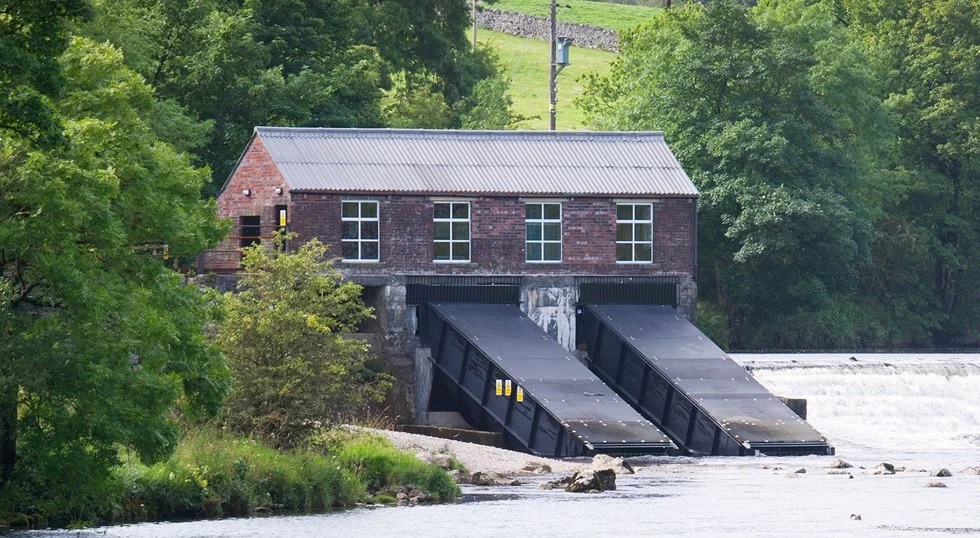

LINKS YOU NEED https://www.redcotec.co.uk/ https://historicengland.org.uk/whats-new/features/climate-change/our-strategy/

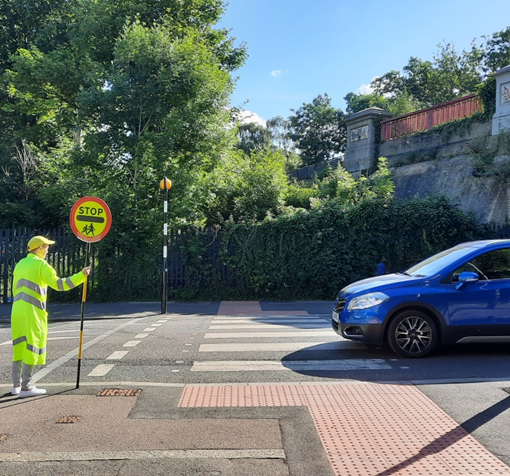

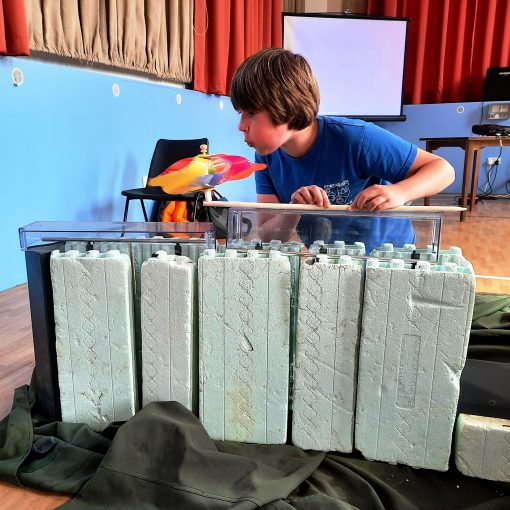
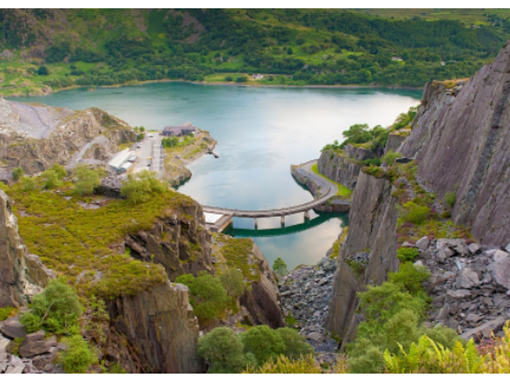
One thought on “GF Blog 2022 – Week 13”
Today a reader,tomorrow a leader!